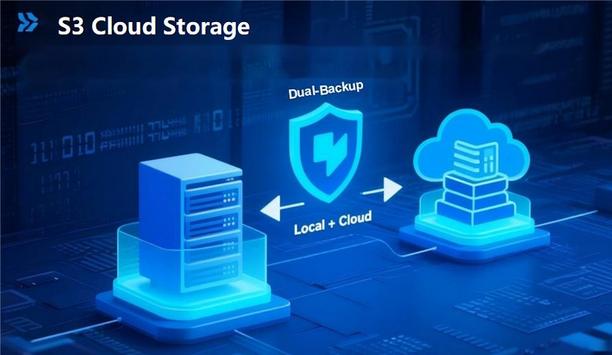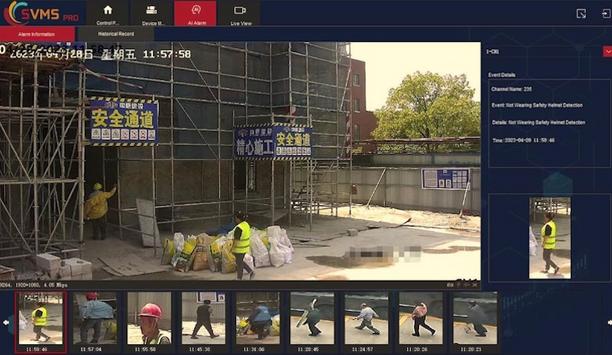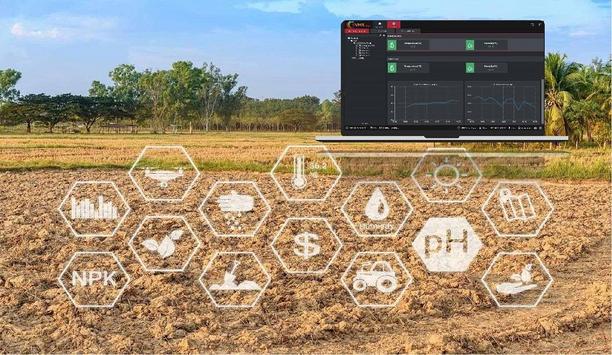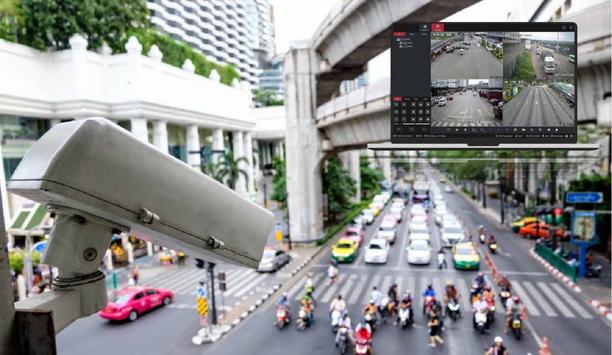Nowadays to save costs by making full use of old devices while upgrading the old security projects, many integrators or installers prefer to use video management software to manage multiple brands of video devices (such as IP cameras, and NVR), instead of only one single brand. So that they could have more flexible choices to earn profits while saving costs.
Multi-brands video device management
On other hand, with market segmentation and specialization, instead of managing the video by themselves, application service providers of different industries prefer video surveillance companies could help them to collect the video from various brands of front-end video devices.
Thus they could focus more on application development according to the characteristic of different industries. Therefore to meet the requirements of the surveillance market, how to manage multi-brand video devices has become very important, especially for third-party video management software companies. Then how to manage multi-brands multi-brands video devices (such as IP cameras, and NVR) with your VMS system?
The first step is: integration
Preparing your system for video devices integration
Selecting an open architecture VMS system allows for a deeper, seamless level of integration
There’s more to integration than just the ability to plug in a video device. Does your VMS allow you to take advantage of the latest IP camera and other video device technologies? Does it support open architecture?
Closed architecture systems offer limited integration. Selecting an open architecture VMS system allows for a deeper, seamless level of integration, and allows you to upgrade hardware at your own pace. It also allows you to expand your suite of security solutions in the future, as your needs change.
Choosing a VMS system
And these questions also need to be considered when choosing a suitable VMS system:
- Does your system support multiple protocols to communicate with video devices?
- Can your system easily integrate the private SDK provided by the IP camera manufacturer?
Make sure the communication between multi-brand video devices (such as IP cameras, NVR) and your video surveillance VMS system can be put through.
ONVIF
Nowadays most famous overseas video surveillance manufacturers all support the standard protocol ONVIF, which enable VMS system easily to access their video devices (such as IP cameras, and NVR). Some will provide protocols like RTSP, HLS, HTTP-FLV, and Websocket.
Some will provide their private protocols like EHOME/ISUP protocol and DHOME. And also GB/T28181, and GA/T1400 protocols are very popular in China.
Simple and easy integration
As for the VMS system, the more protocols it supports, the easier it can put through communication
As for the VMS system, the more protocols it supports, the easier it can put through communication with the front-end video devices. Thus it will make the whole process of integration simple and easy.
And about video surveillance manufacturers who only can provide SDK, in this way open architecture of VMS system is needed because it can help to put through the communication smoothly.
The second step is management
Since communication between front-end video devices and the VMS system is put through. VMS system can access, capture, and collect the video from the network video devices (both live and recorded). It then stores that video to dedicated data storage media (on-premises, external locations, or in the cloud), based on automated policies, pre-determined by the organization. That is how a VMS system work.
But if the front-end devices are different, they are using a different format, bitrate, and resolution. For example, one brand of IP camera uses H.265, 4K resolution, and the other brand of IP camera use H.264, 1080P. How can a VMS system manage them together?
Video transcoding technology
That requires the VMS system should have efficient video transcoding technology to convert different video formats and resolutions into unified video formats and resolutions, and strong video transmission technology to meet low bandwidth network adaptability.
Smooth streaming automatically adjusts bit-rate and resolution between the VMS system and front-end devices according to real-time network conditions. For example:
- The video with a high bitstream can be converted to a low bitstream.
8K,4K,3M, 10 80P. .. → D1,CIF,VGA...
- Transcode video in different encoding formats to the unified encoding formats.
H.265, MPEG4 → H.264
The third step: output standard video data for the third-party integration
A good VMS system should provide convenient ways for several video processing applications.
In interactions applications, particularly in media interchange, a good system should output standardized protocols and stream formats (such as HLS, RTSP, WebSocket, etc) according to the needs of the third party, so that the third party can easily acquire and use video from VMS system for the further application or development.
From facial recognition to LiDAR, explore the innovations redefining gaming surveillance

































